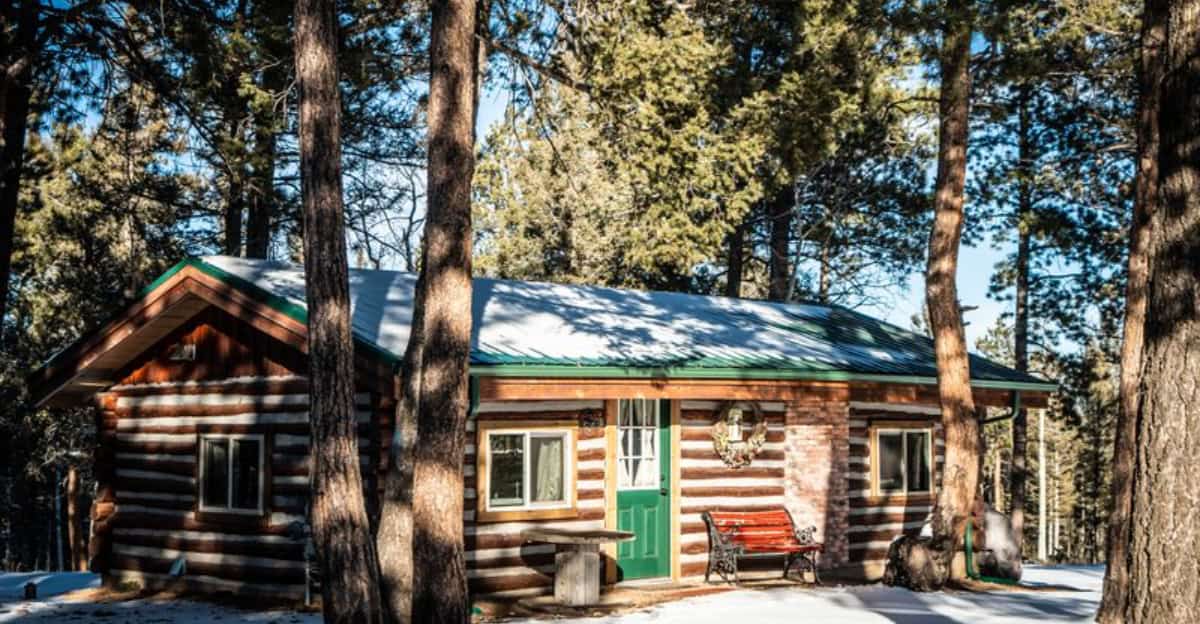Cabins in the United States have evolved significantly over the decades, reflecting cultural shifts, technological advancements, and changing aesthetic preferences.
This blog post explores the fascinating journey of US cabin styles, beginning from the 1950s and moving through each subsequent decade to the present day.
As we delve into this evolution, we’ll discover how design has been influenced by factors ranging from economic conditions to environmental awareness.
1. 1950s Rustic Cabins
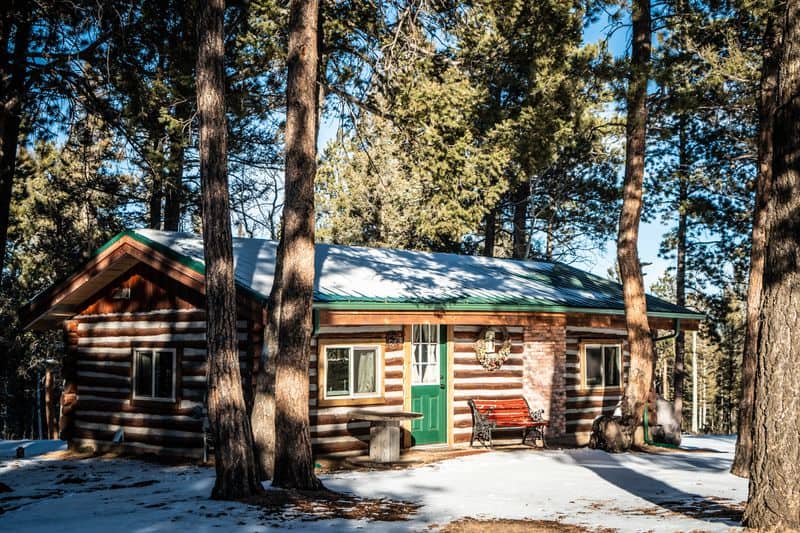
In the 1950s, cabins were largely rustic retreats, hearkening back to simpler times. These structures were often built with locally sourced logs and featured stone chimneys that added to their charm.
The interiors were simple, with wooden furniture dominating the space. This era celebrated a return to nature, with cabins located deep in the woods, offering a peaceful escape from urban life.
Many families used these cabins as summer homes, enjoying the serenity and simplicity. This period laid the groundwork for what many consider the quintessential cabin experience.
2. 1960s Mid-century Modern Cabins
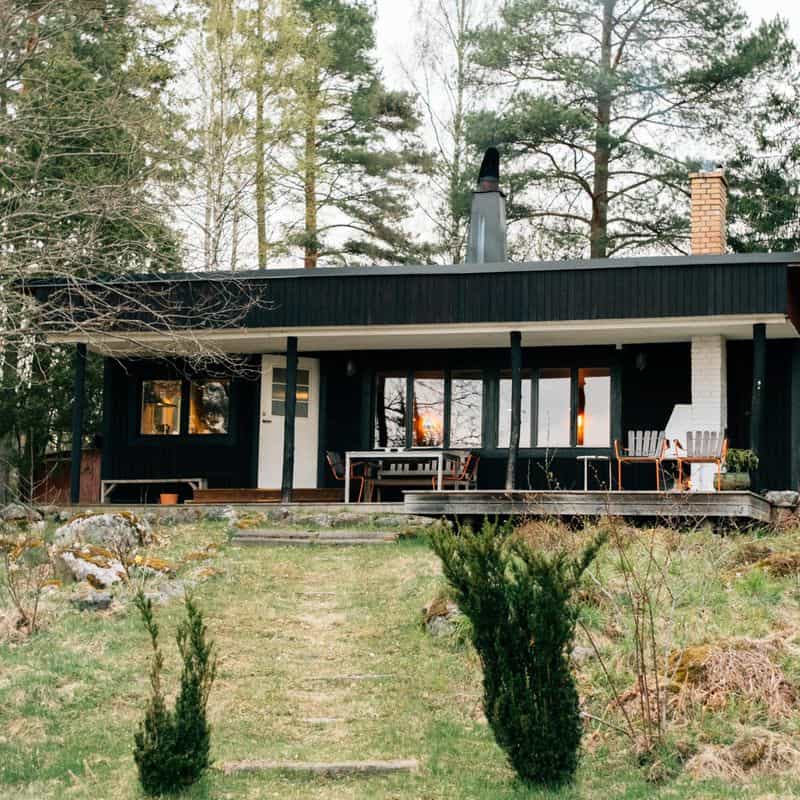
The 1960s introduced mid-century modern influences to cabin design, characterized by clean lines and an emphasis on integrating with nature. Large glass windows became a staple, providing panoramic views of the surrounding landscapes.
Interiors were minimalist, focusing on functionality and simplicity. This era’s cabins often featured open floor plans, creating a seamless flow between spaces.
These designs resonated with the cultural shift towards modernity and progress, appealing to those seeking both style and tranquility in their retreats.
3. 1970s A-frame Cabins
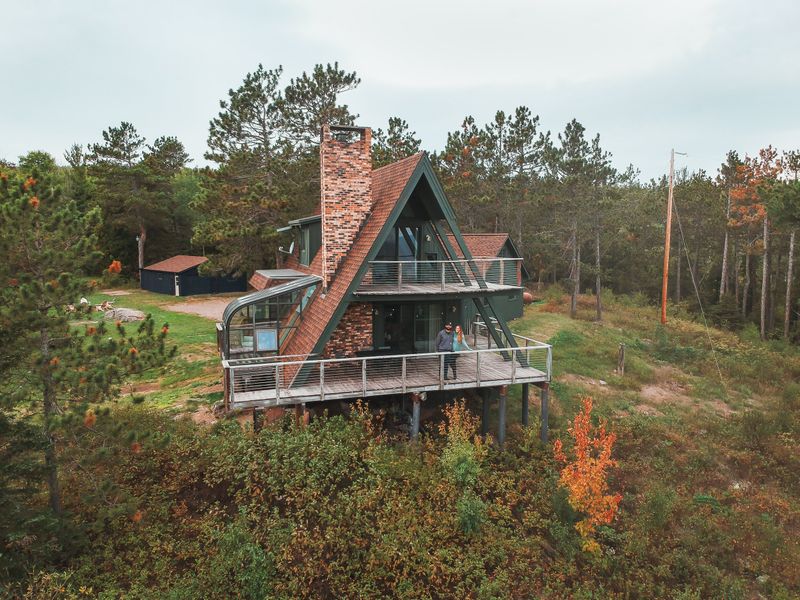
A-frame cabins gained popularity in the 1970s, celebrated for their unique triangular shape and efficient use of space. The steeply angled roof not only added architectural interest but was also practical for shedding snow.
Inside, these cabins were cozy, making use of vertical space with lofts and open beams. This design appealed to those looking for a distinctive, efficient, and charming retreat.
Many A-frame cabins were built in mountainous areas, ideal for winter escapes, where families could enjoy activities like skiing and snowboarding.
4. 1980s Log Cabins

In the 1980s, log cabins saw a resurgence, blending rustic charm with modern amenities. These cabins featured handcrafted logs, often with intricate joinery, and were a nod to traditional cabin-building techniques.
The interiors embraced open spaces, accommodating larger families and gatherings. The trend included large porches overlooking scenic views, perfect for enjoying the outdoors.
This decade’s cabins symbolized the fusion of tradition and convenience, providing a cozy yet equipped getaway for families seeking nature without sacrificing comfort.
5. 1990s Eco-Friendly Cabins

The 1990s brought a heightened awareness of environmental issues, influencing cabin designs to become more eco-friendly. These cabins utilized sustainable materials and often included features like solar panels and rainwater collection systems.
Designers focused on energy efficiency, incorporating passive solar design principles and natural ventilation. The interiors were often airy and light, promoting a connection with the natural environment.
This era marked a shift towards sustainability, appealing to environmentally conscious individuals seeking a harmonious balance with nature.
6. 2000s Luxury Cabins
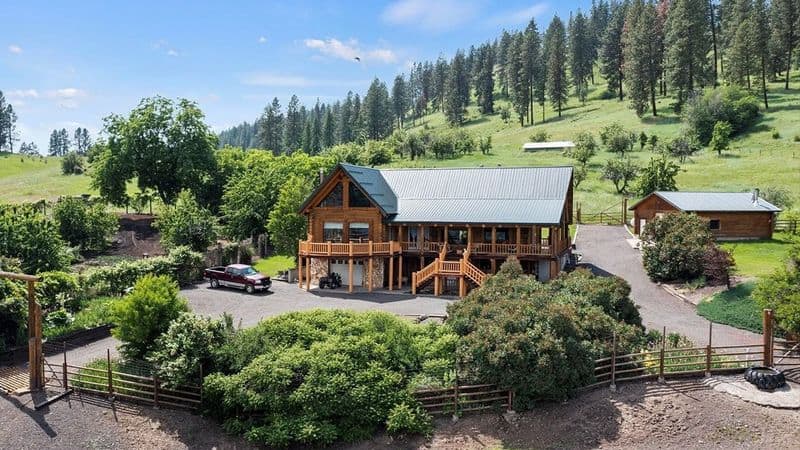
In the 2000s, luxury cabins emerged, combining rustic charm with opulent amenities. These cabins featured high-end finishes, including granite countertops and spa-like bathrooms, catering to those seeking comfort.
With expansive bay windows, they offered stunning views, merging indoor elegance with the beauty of the outdoors. Fireplaces and gourmet kitchens became standard, encouraging gatherings and relaxation.
This period saw cabins becoming not just retreats but symbols of status and wealth, appealing to those desiring an upscale escape in nature.
7. 2010s Minimalist Cabins
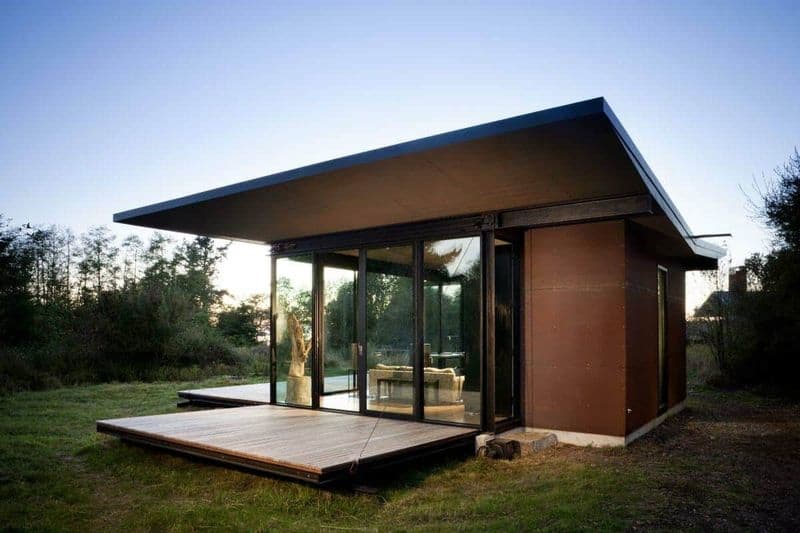
The 2010s witnessed a trend towards minimalist cabins, emphasizing simplicity and efficiency. These cabins often featured clean designs with a blend of wood and metal, creating a sleek aesthetic.
Interiors were functional and uncluttered, with multipurpose spaces that maximized usability. Large windows were common, inviting natural light and connecting occupants with their surroundings.
This minimalist approach catered to those seeking a no-frills escape, focusing on the essentials and fostering a sense of peace and clarity.
8. Future Concepts in Cabins
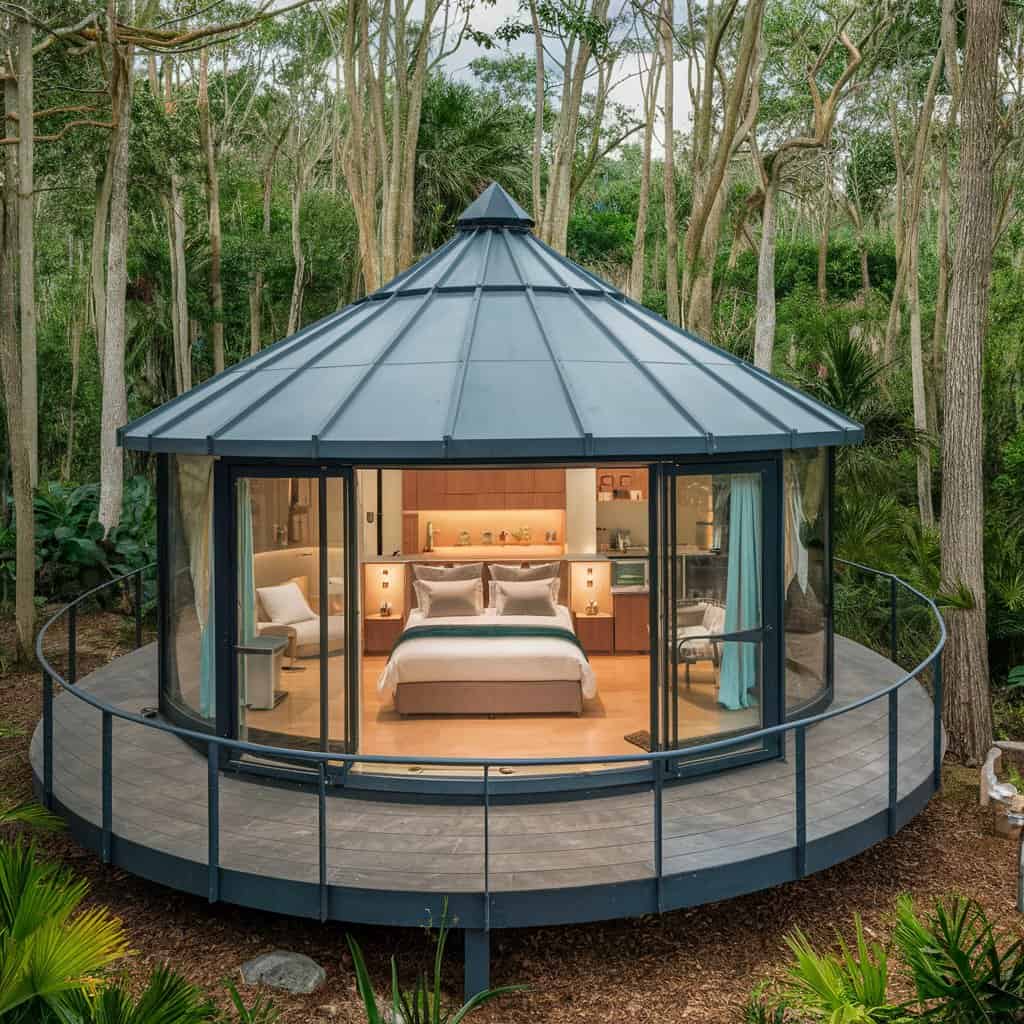
Looking ahead, cabins are set to become even more innovative, with concepts focusing on adaptability and sustainability. Future cabins may feature modular designs with interiors that can be reconfigured to suit different needs.
These concepts emphasize the use of cutting-edge materials and technologies, aiming to minimize environmental impact while maximizing comfort.
As we envision the cabins of tomorrow, they promise to offer unparalleled flexibility and eco-friendly solutions, appealing to those at the forefront of design and environmental consciousness.

